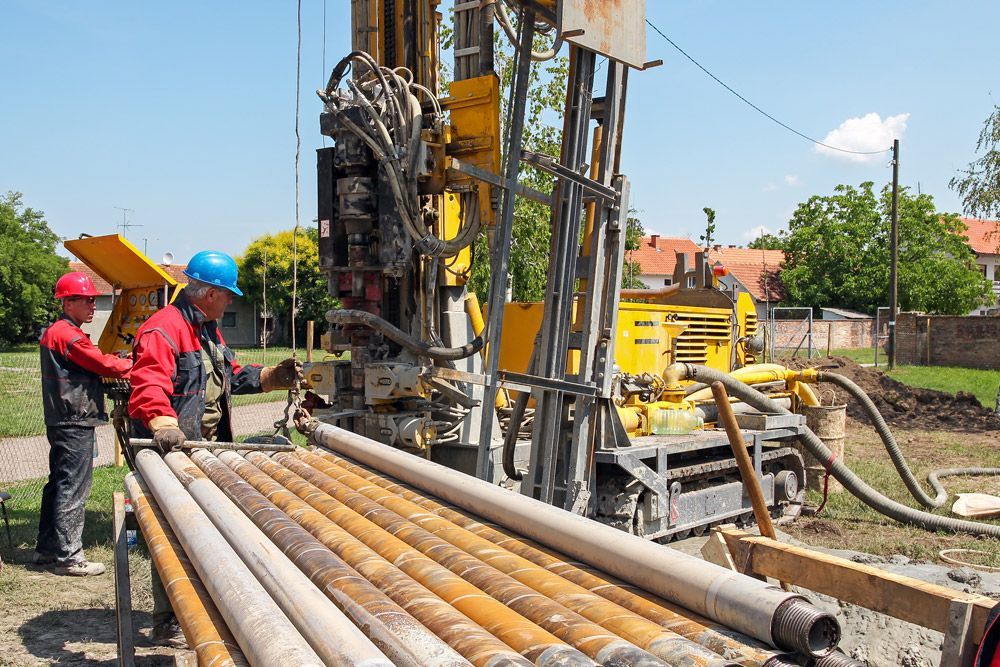First, A vital component of water management systems, line shaft turbine pumps are used in many industries and agricultural applications. These pumps have been gaining popularity due to their distinctive design, efficiency, and sustainability—despite frequently being eclipsed by more widely used alternatives. This article delves into the intricacies of line shaft turbine pumps greeley co, examining their working principle, benefits, and uses.
Mechanism and Anatomy:
The mechanical wonders known as line shaft turbine pumps are made to raise water from deep wells effectively. Impellers, a sequence of line shafts, and a submersible pump are among the essential parts. A line shaft connects the submersible pump, which is situated at the bottom of the well, to the surface. The force required to raise water to the surface is produced by the impellers positioned along the line shaft. Electric motors or other power sources are usually used to propel the impellers’ rotation.
A. Submersible Pump:
- Located at the well’s bottom; 2. Submerged in water to ensure effective pumping
B. Shafts in Line:
- Transfer rotational energy to the pump from the surface.
- Permit adaptability in terms of setup and upkeep
C. Pumps:
- Pumping force-generating blades
- Positioned along the line shaft for ideal water lift
Architectural Elements:
A. Designing Submersible:
- Ideal for deep well applications
- Minimizes the requirement for extra lifting devices
B. Adaptability in Upkeep and Installation:
- Flexible to different well depths
- Easy upkeep thanks to reachable line shafts
Greeley Application Process:
Line shaft turbine pumps are widely used in Greeley, particularly in industrial and agricultural settings.
A. Uses in Agriculture:
- Irrigation Systems: Line Shaft Turbine Pumps hay feedersefficiently supply water for agricultural irrigation.
- Higher Crop Yield: Productivity in agriculture is boosted by improved water delivery.
B. Integration of Industry:
- Manufacturing Procedures: An essential component of industrial water supply is the Line Shaft Turbine Pump.
- Fulfilling Water Needs: dependable and effective pumping for various industrial uses.
Benefits of Turbine Pumps with Line Shaft Design:
A. Effective Energy Use:
- Renewable Energy Utilization: Including renewable energy sources into operations to ensure sustainability.
- Decreased Operational Costs: Costs are incurred less when energy is used.
B. Ecological Viability:
- Eco-Friendly Water Pumping: Lessens environmental impact compared to conventional pumps.
- Aligning with Greeley’s Initiatives: Encourages the city’s adoption of environmentally friendly policies.
Getting Past Obstacles:
A. Reducing Possible Negative Effects:
- Handling Wear and Tear: Applying long-lasting materials and designs.
- Contingency Plans: Methods for promptly attending to unforeseen problems.
B. Innovations in Technology:
- Continuous Improvement: Development and research to improve performance.
- Smart Technologies: Automation and sensor integration for optimum performance.
Prospects and Innovations for the Future:
Continuous attempts to increase durability and efficiency are made in research and development.
Investigating cutting-edge materials and technology for upcoming pump designs.
In summary:
A prime example of technological advancement in water pumping is the Line Shaft Turbine Pump. Their sustainable design, efficiency, and effectiveness place them at the forefront of Greeley’s fight for ethical water management. These pumps will become even more important as environmental awareness and technological advancements impact water pumping systems.

